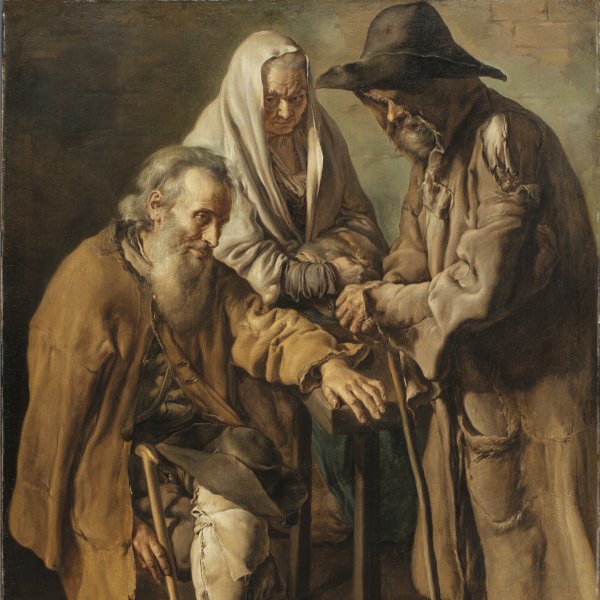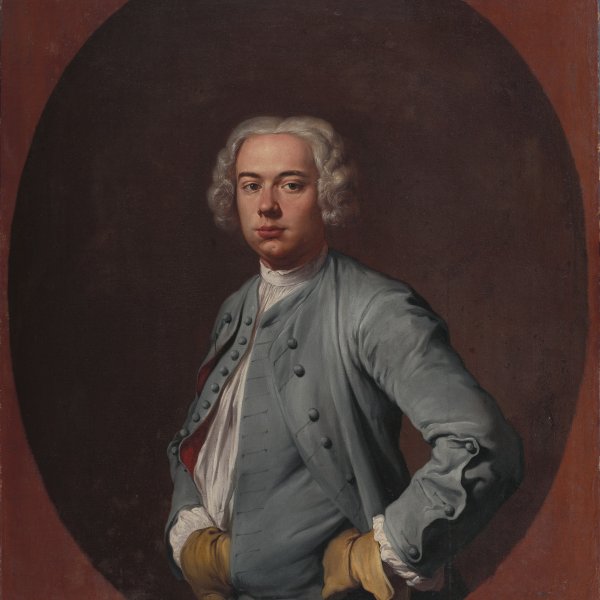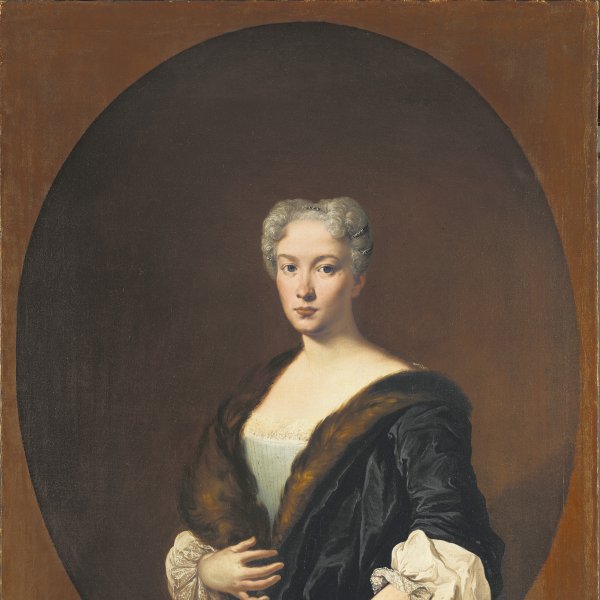Giacomo Ceruti (known as "Il Pittocchetto")
Ceruti’s life was reconstructed by art historians in the 20th century and much still remains unknown, including his years of training and his early works. It is known that his family was from Brescia where the artist is documented in 1711 and 1721. His first commission was for various works for the parish church of Rino di Sonico, completed in 1723. The following year he signed a group of portraits of leading dignitaries of Brescia, the city in which he lived from 1726 to 1728 in order to work on the decoration of the governor’s residence in the Palazzo Broletto. This period also saw his works for the Avogadro family as well as paintings of beggars. Ceruti’s approach to the latter was innovative within the context of his day. Some of these paintings are now in Brescia and are considered the most significant and striking works within his oeuvre. They include The Washerwoman and Two Beggars (Pinacoteca Tosio Martinengo). Ceruti travelled around the Veneto between 1734 and 1739. In 1736 a document records that he was paid by Marshal Schulenburg, whose collection included Ceruti’s painting Group of Beggars, now in the Thyssen-Bornemisza collection. Between 1737 and 1738 the artist was working in the church of Santa Lucia in Padua, returning to Padua the following year. Between 1742 and 1743 he lived in Milan where he continued to paint religious works and portraits. Despite his large output of religious episodes and saints, Ceruti’s principal focus of interest lies in his depictions of beggars.







